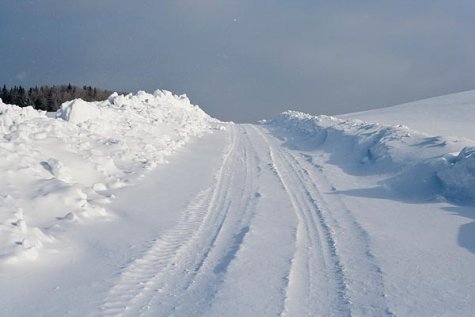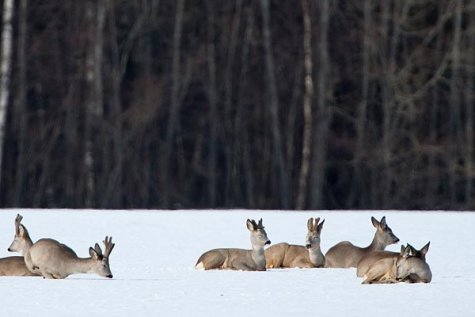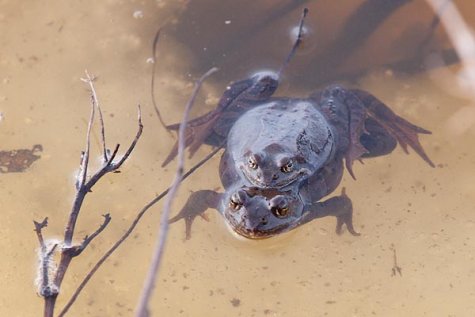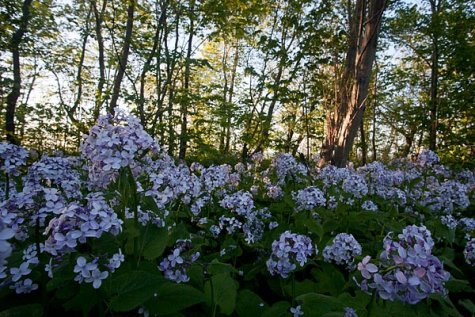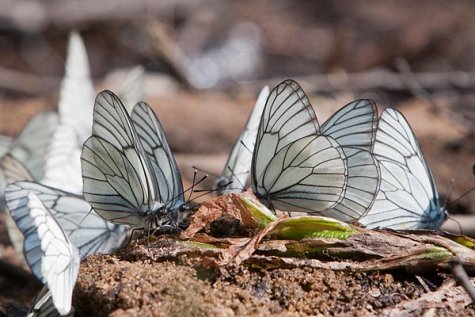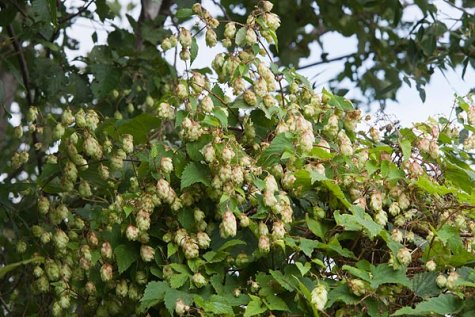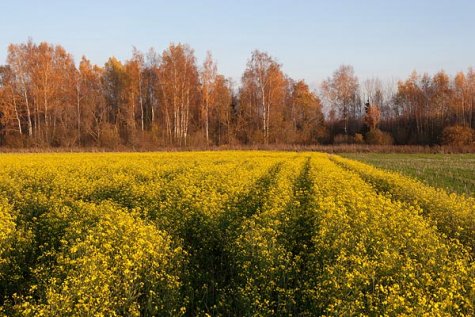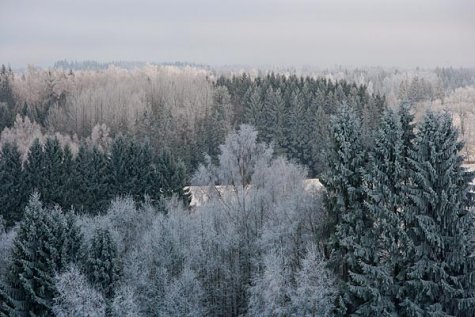The year in nature 2011: Rich and poor
The snowdrift is still more than a metre, but in the thaw of early February maple sap started flowing and lilac buds were bulging. The snow is full of mosquitoes and spiders, snowdrops poke up their noses at the house wall, rooks check their nests. Then the great cold arrives, 30 degrees below zero. The ice forces swans from the North to the Estonian coastal waters. Difficult period for boars and roe deer.
The woodpecker drums get going and tit calls are not silent for a moment. The thaw sets the waters flowing. Larks and starlings arrive even through snow blizzard. As late as mid-March only more snow falls, in Jõhvi it is 82 cm thick. At the end of March such a dense snowfall arrives that sight is less than a couple of meters. But the alder and willow catkins already have spring.
Spring arrives stealthily all of a sudden in the beginning of April. One moment the starling whistled, holes melted into the snow and by the snowdrift the snowdrops were in full flower. Some half of the boars survived the dangerous winter. People again expect major floodings. They don’t reach the 2010 level but canoe-paddlers have much fun in the floodplains. The Witches’ Well starts „boiling“ in mid-April. Butterflies are in flight in the second week, at the end of April frog matings are in full swing and forest floors blue with Hepaticas.
In mid-May nearly all migrant birds are back, the choirs of common frogs try to overpower their song. Lightning beats the tree bark loose on tuuleristipäev, Wind cross day, and children can make willow whistles in between the rain showers. In the third week the water of Emajõgi is already 16 degrees warm. In the second half of May bird cherries and lilacs flower, starling chicks slip out of the nests. There are „less“ mosquitoes than last year.
The mushroom season starts on June 5, city champignons peek up in the lawns. June is warm and full of wild strawberries. The whole world is filled with butterflies, there are more of them than usual and incredibly interesting species are in flight. There are many ticks, gnats and horseflies. Heat and humidity turn Estonia into an insect paradise. At Midsummer the creaking corn crake can’t be seen any longer in all the grass. Wolves, bears and lynxes come to cull cattle since the winter with killing snow has made the forest dinner table meagre.
August arrives with showers and starfalls. Already in the beginning of the month the birdsong choir became silent, but the more powerful the cricket chirping was. The cheeks of cowberries turn red uncommonly early, and already in the second week nature begins to dress up in red-yellow. Plums plop down ..., the wasp war begins to last the whole month. The mushroom season arrives with a colourful medley. There are exceptionally much mushrooms. The wolves that the scarcity of deer come out of the forests give birth to new werewolf legends. Spruce shoots are once more meter-long. In the Northern countries there is a deluge of lemmings.
Earthworms still rustle in the grass sward, the moles lift them with a heap of soil towards the sky. In mornings the grass is frosty but it rains in daytime and there are puddles on the ground. Strawberries flower. Rose buds are red. Weasel and stoat are white. Elk mating season is about to end. The last week brings 11 degrees of frost, but there is snow only briefly and locally.
December comes as a white hare but not even at the end of the month there is snow on the ground. On Christmas Eve white stately flakes fell but that had disappeared by the end of Christmas and nature again dresses in green. Half Estonia has drought and half is drowning. A sixth season arrives in Soomaa for Christmas, water rises by more than a meter. Storm Patrick flushes seawater across Haapsalu’s beach promenade. In Pärnu you can splash in rubber boots in the beach park. Three storm daughters-sons take away electricity from many families at the end of the year. Robert industriously fells the until now steadfastly resisting grove trees. The Witches’ Well starts boiling for the second time!

